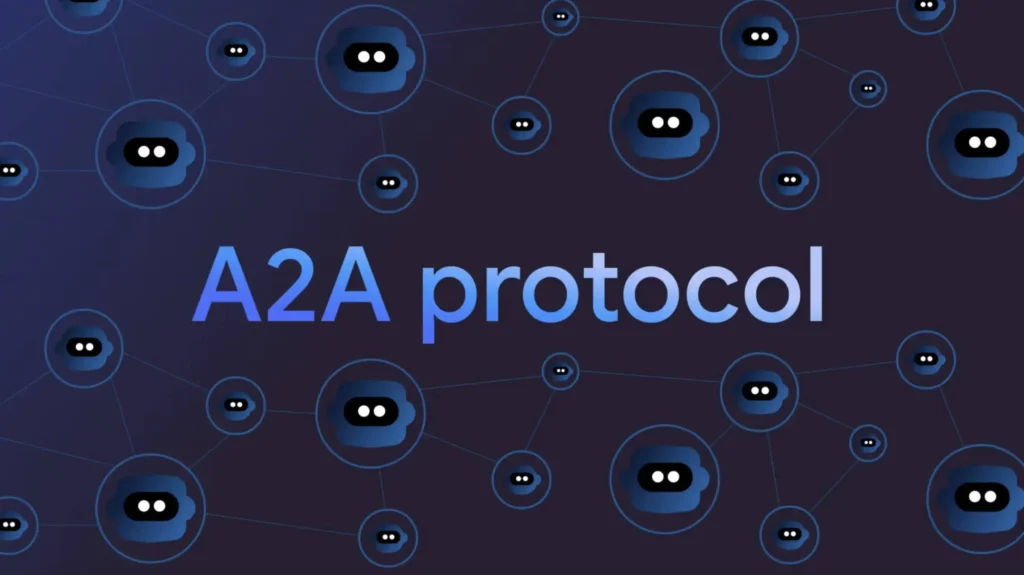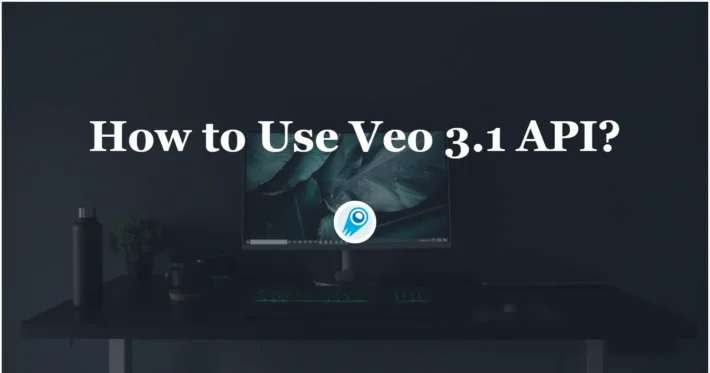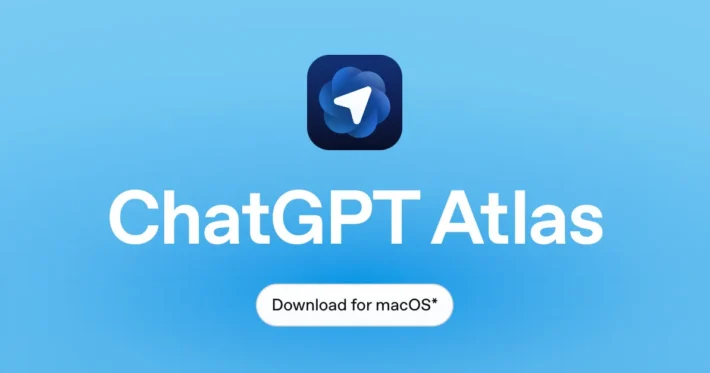What Is Google’s A2A?
On April 9, 2025, Google introduced the Agent2Agent (A2A) protocol, marking a significant advancement in artificial intelligence interoperability. Designed to facilitate seamless communication between AI agents across diverse platforms and frameworks, A2A aims to standardize agentic interactions, fostering a more cohesive and efficient AI ecosystem. This initiative positions Google at the forefront of efforts to create a universal language for AI agents, enabling them to collaborate effectively regardless of their underlying technologies.

What Is Google’s Agent2Agent Protocol?
Defining A2A
Agent2Agent (A2A) is an open-source protocol developed by Google to enable AI agents to discover, communicate, and collaborate with each other across different systems and vendors. By providing a standardized framework, it allows agents to share capabilities, negotiate tasks, and exchange data securely, thus eliminating the need for custom integration code and reducing dependency on single-vendor ecosystems.
Core Components of A2A
- Agent Cards: JSON metadata files that describe an agent’s capabilities, identity, and communication endpoints. These cards are typically exposed at a well-known endpoint (e.g.,
/.well-known/agent.json) to facilitate discovery by other agents. - Task Management: A structured approach to handling tasks between agents, including task initiation, status updates, and completion notifications. This ensures that agents can coordinate effectively to accomplish complex workflows.
- Collaboration Mechanisms: Support for various communication formats, including text, audio, video, and structured data, allowing agents to exchange information in the most appropriate medium for the task at hand.
- User Experience Negotiation: Agents can specify preferred content types and formats, enabling them to adapt interactions based on user preferences and system capabilities.
- Security Features: Built-in authentication, authorization, and encryption mechanisms aligned with OpenAPI standards to ensure secure and trustworthy interactions between agents.
How A2A Works
A2A operates on the principle of enabling AI agents to autonomously access, interpret, and utilize data from various sources without the need for extensive custom integrations. This approach involves:
- Standardized Communication Protocols: Establishing uniform methods for AI agents to request and receive data, ensuring compatibility across different systems.
- Dynamic Context Management: Allowing AI agents to maintain context as they interact with multiple data sources, enhancing the relevance and coherence of their outputs.
- Modular Integration: Facilitating plug-and-play capabilities where new data sources can be added with minimal configuration, reducing development overhead.
By implementing these features, A2A aims to streamline the process of connecting AI models to the vast and varied data ecosystems they require to function effectively.
A2A and MCP: Complementary Protocols
While A2A focuses on agent-to-agent communication, it complements existing protocols like Anthropic’s Model Context Protocol (MCP), which standardizes how agents interact with tools and APIs. Together, A2A and MCP provide a comprehensive framework for AI agents to access external resources and collaborate effectively, enhancing the overall functionality and interoperability of AI systems.
The Significance of A2A in the AI Landscape
Addressing Fragmentation in AI Systems
As organizations increasingly adopt AI solutions, the diversity of platforms and frameworks has led to fragmentation, hindering seamless integration and collaboration between AI agents. A2A addresses this challenge by providing a universal communication protocol, enabling agents from different vendors to work together without the need for extensive custom integration.
Enabling Complex Multi-Agent Workflows
By facilitating interoperability, A2A empowers organizations to design complex workflows involving multiple specialized agents. For example, in a recruitment process, a hiring manager’s agent can coordinate with agents responsible for candidate sourcing, resume screening, and interview scheduling, streamlining the entire hiring process.
Fostering an Open and Collaborative Ecosystem
Google’s commitment to open-source development and collaboration is evident in A2A’s design. By inviting contributions from the broader community and establishing a governance board, Google aims to ensure that it evolves to meet the diverse needs of the AI industry, promoting innovation and inclusivity.
What kind of help can CometAPI provide on A2A?
CometAPI, as a unified platform aggregating various AI model APIs—including those for image generation, video synthesis, conversational AI, text-to-speech (TTS), and speech-to-text (STT)—is well-positioned to play a pivotal role in the Agent2Agent (A2A) ecosystem. By integrating with the A2A protocol, CometAPI can enhance interoperability among AI agents, streamline complex workflows, and foster a more cohesive AI environment.
1. Serving as a Centralized Agent Registry
CometAPI can function as a centralized registry for AI agents by exposing standardized Agent Cards at designated endpoints (e.g., /.well-known/agent.json). These Agent Cards provide metadata about each agent’s capabilities, communication protocols, and authentication requirements, facilitating discovery and interaction among agents across different platforms.
2. Facilitating Seamless Multi-Modal Workflows
With its support for diverse AI models, CometAPI can orchestrate complex, multi-modal workflows involving various agents. For instance:
- Image Generation: A design agent can request image assets from a generative model agent via CometAPI.
- Video Synthesis: A marketing agent can collaborate with a video generation agent to produce promotional content.
- Conversational AI: Customer service agents can interact with chat agents to handle inquiries.
- TTS and STT: Voice assistants can utilize TTS and STT agents for speech processing tasks.
By leveraging A2A, these agents can communicate effectively, coordinating tasks and sharing data seamlessly.
3. Enhancing Security and Compliance
CometAPI can implement robust authentication and authorization mechanisms aligned with A2A’s security standards, such as OAuth 2.0 and OpenID Connect. This ensures secure interactions among agents, protecting sensitive data and maintaining compliance with enterprise security policies.
4. Supporting Long-Running and Asynchronous Tasks
A2A is designed to handle long-running tasks and asynchronous operations. CometAPI can facilitate such tasks by managing stateful interactions among agents, providing real-time updates, and ensuring task completion notifications are properly handled.
5. Promoting Vendor-Neutral Interoperability
By adhering to A2A’s open standards, CometAPI can promote interoperability among agents developed by different vendors. This vendor-neutral approach allows organizations to integrate best-of-breed AI solutions without being locked into a single provider, fostering innovation and flexibility.
CometAPI integrates the latest GPT-4o-image API and Gemini 2.5 Pro API.
Conclusion
Integrating CometAPI with the Agent2Agent (A2A) protocol can significantly enhance the interoperability, security, and efficiency of AI agent interactions. By serving as a centralized registry, facilitating multi-modal workflows, ensuring robust security, supporting asynchronous tasks, and promoting vendor-neutral interoperability, CometAPI can become a cornerstone in the evolving A2A ecosystem.


